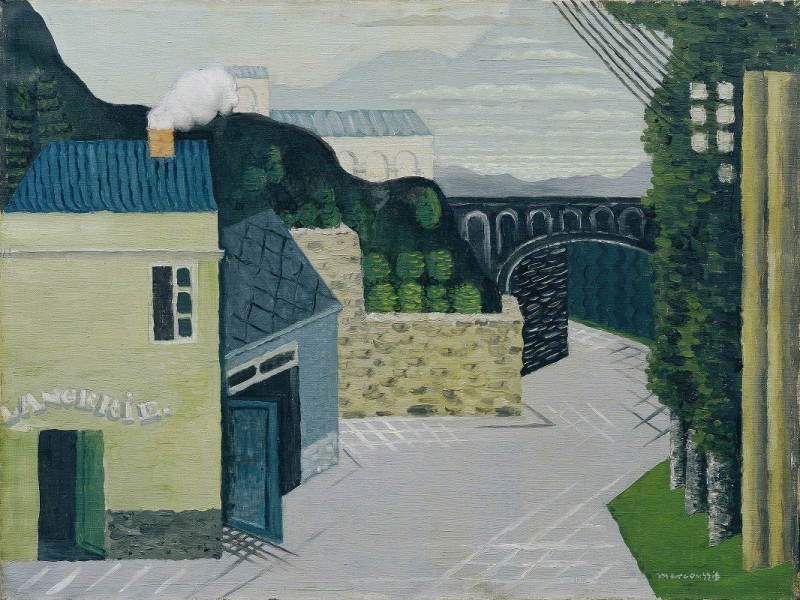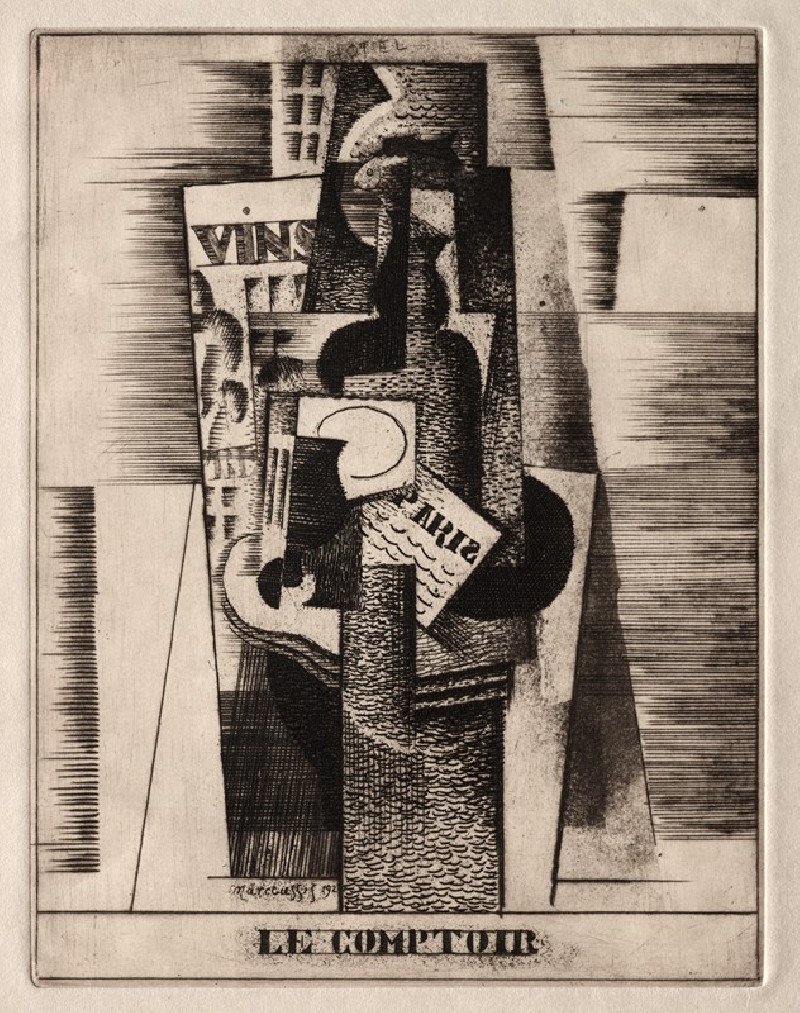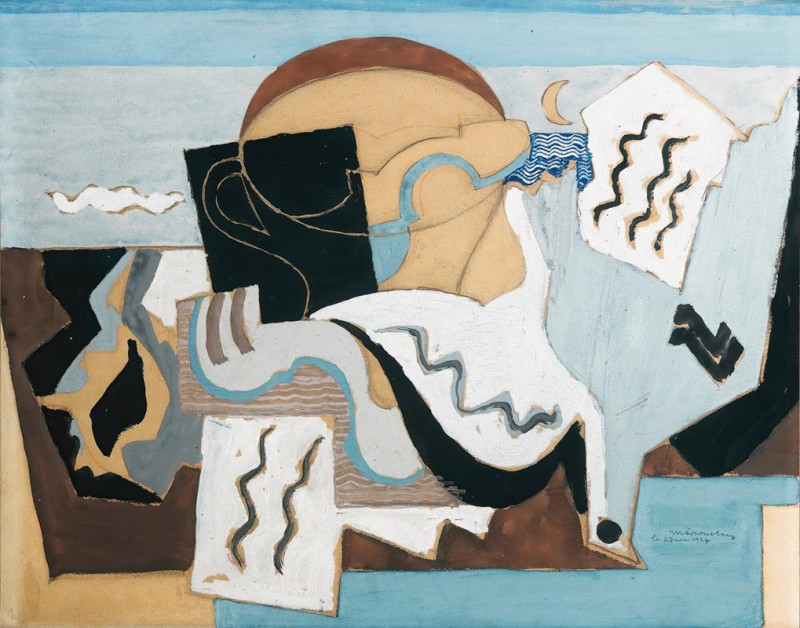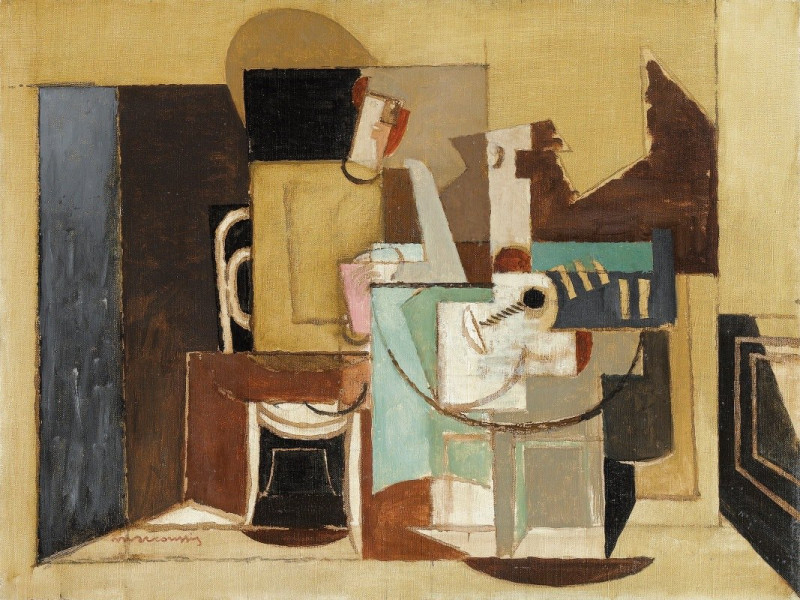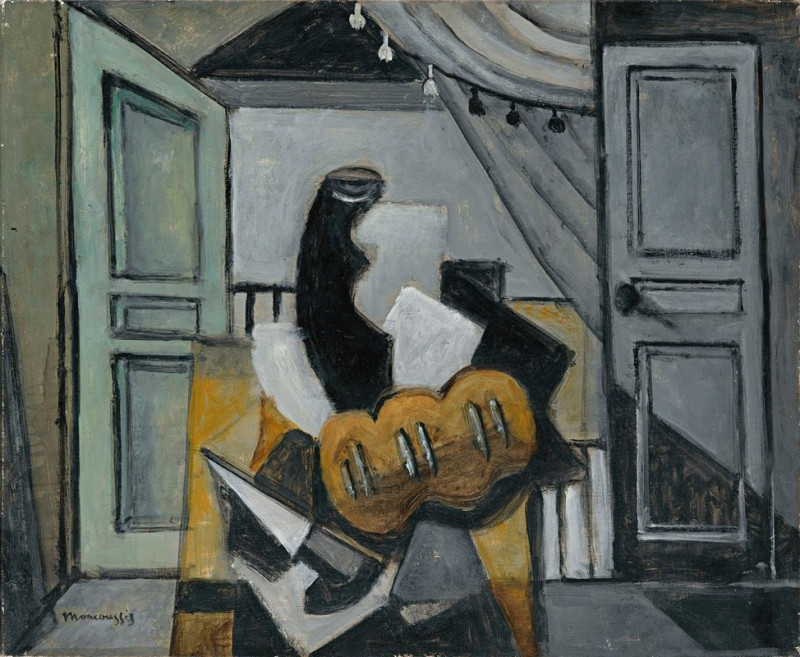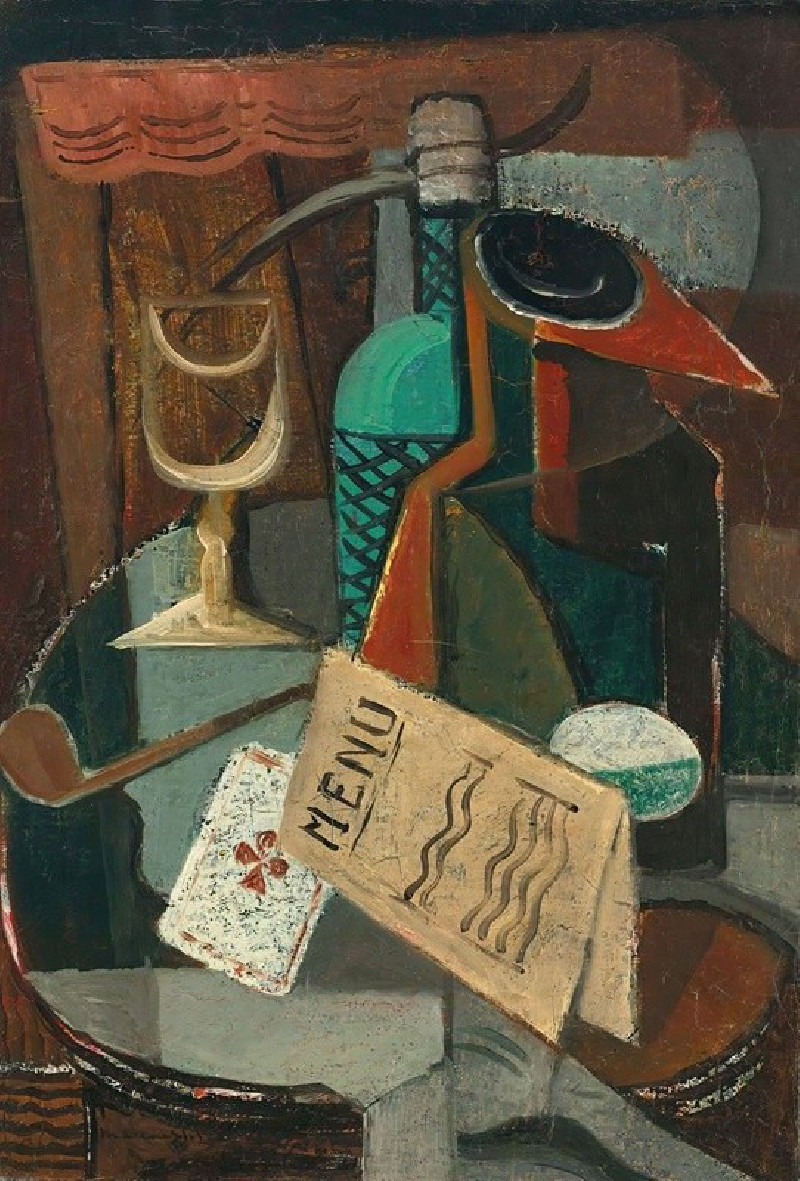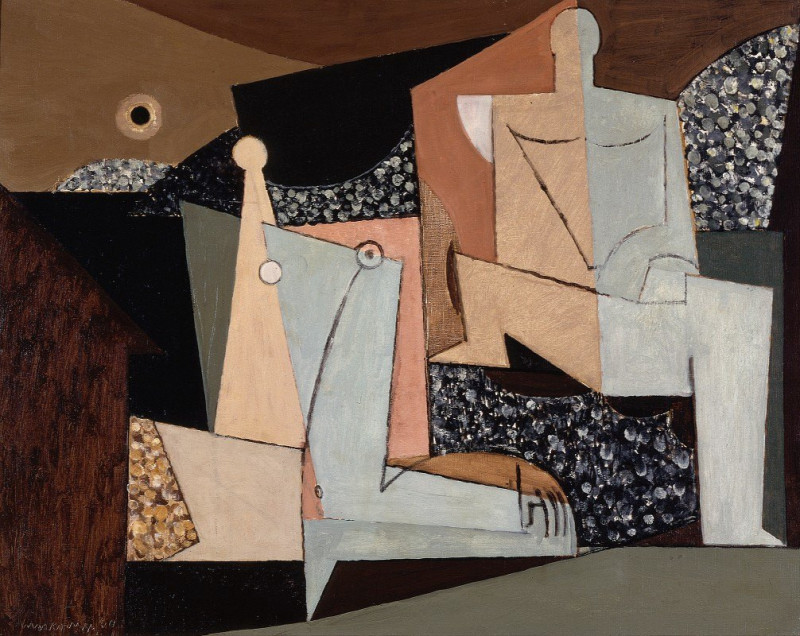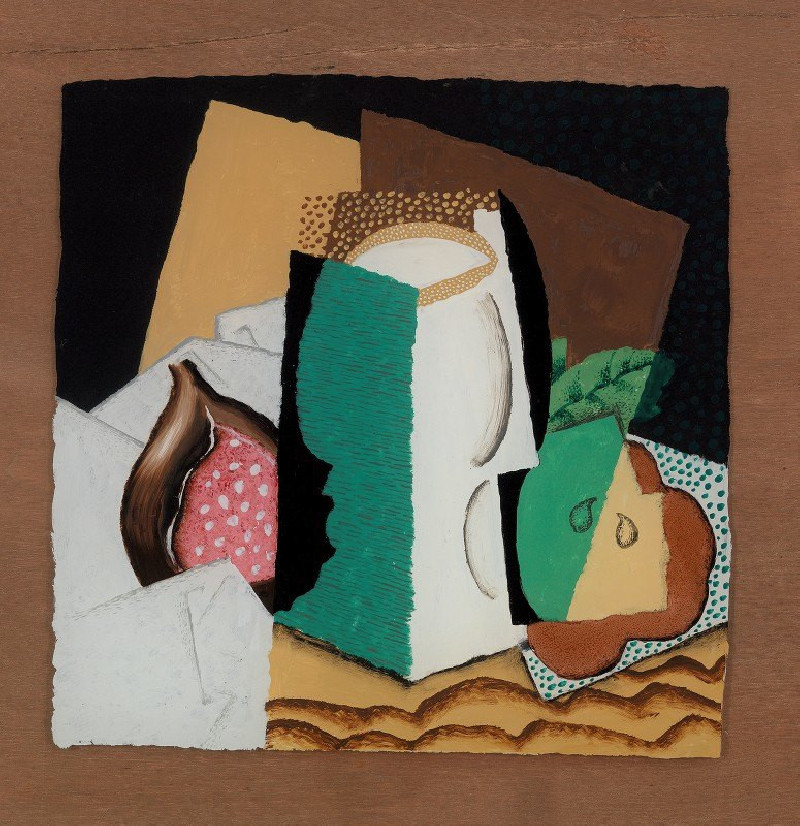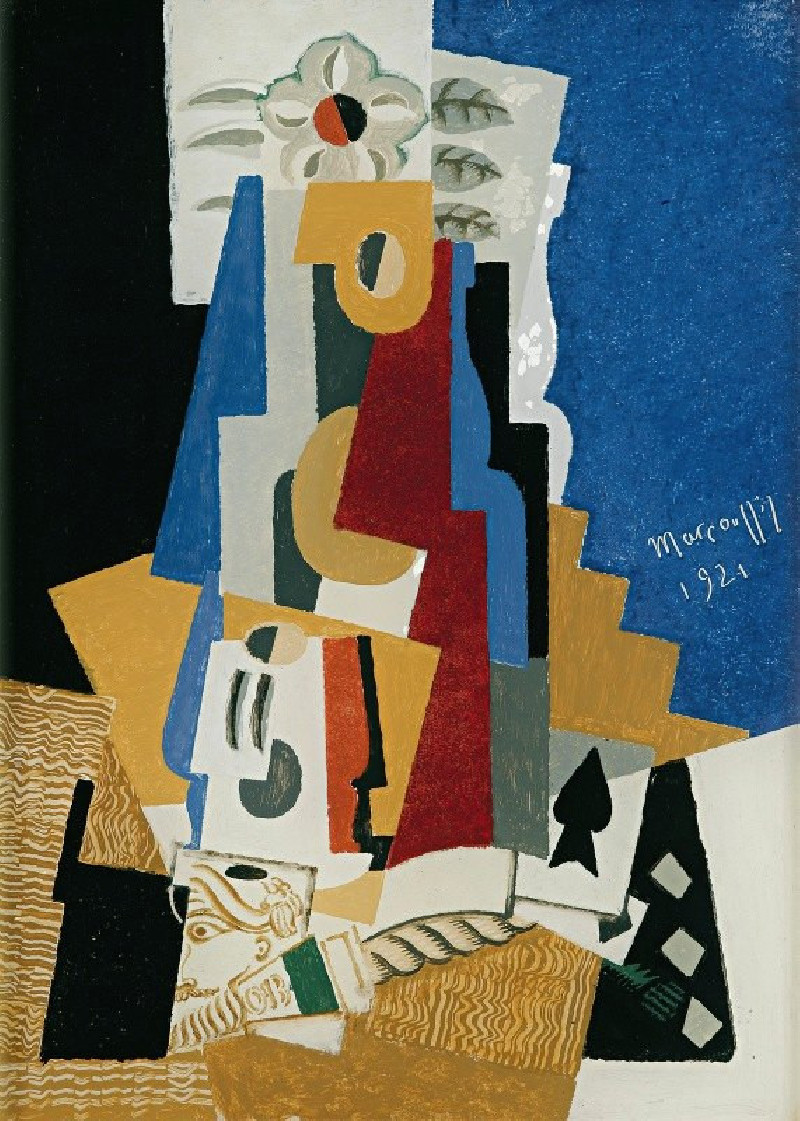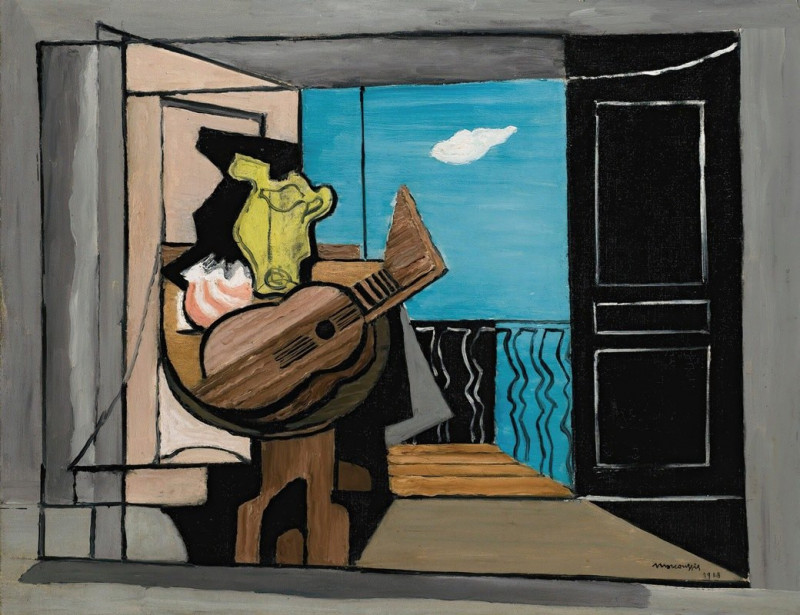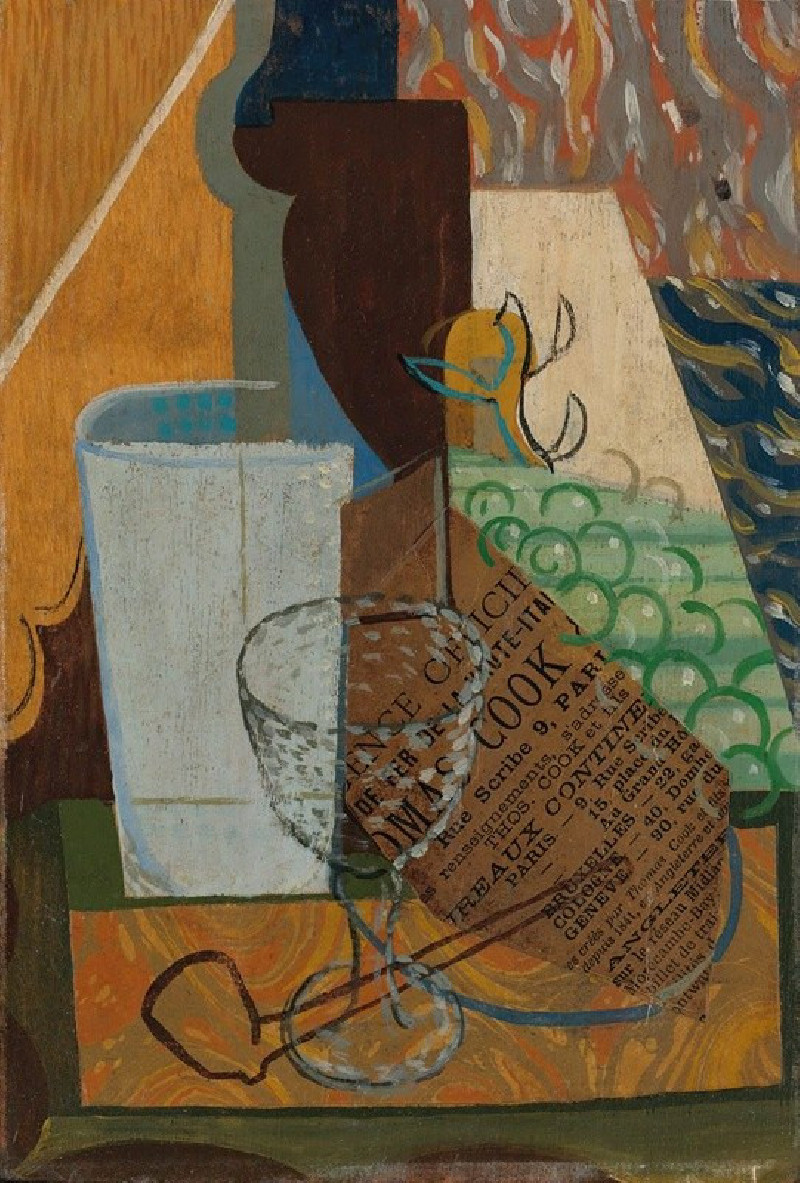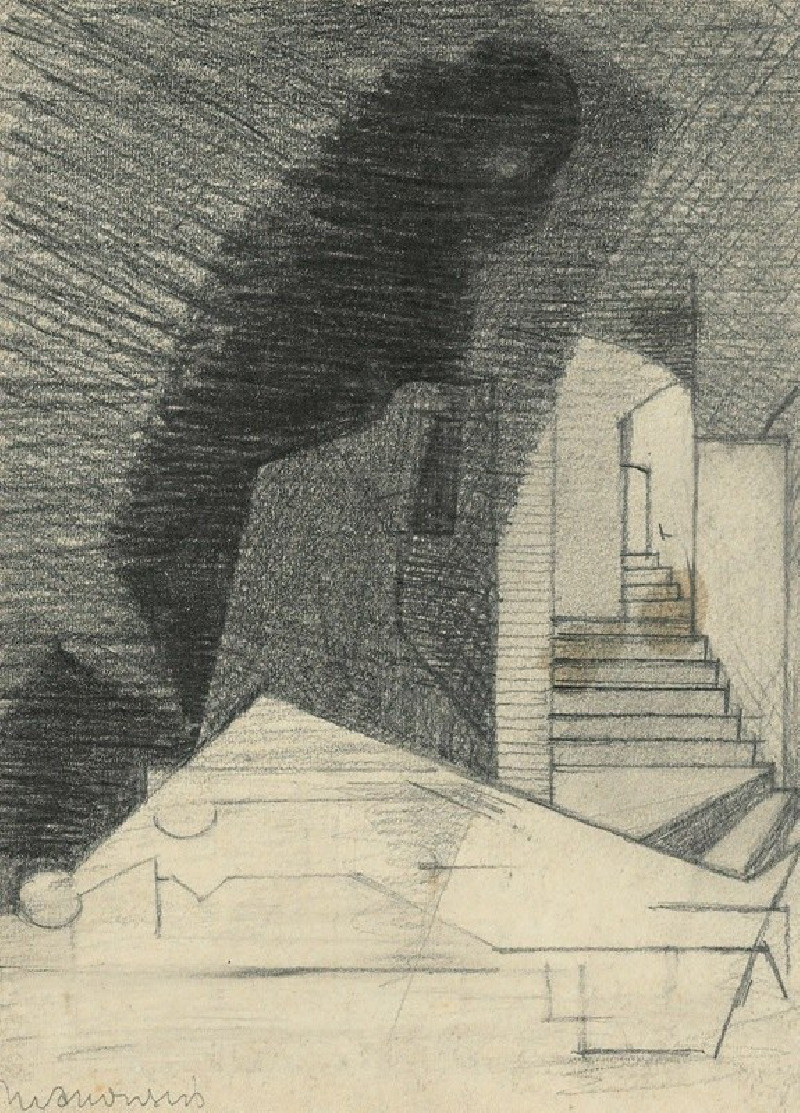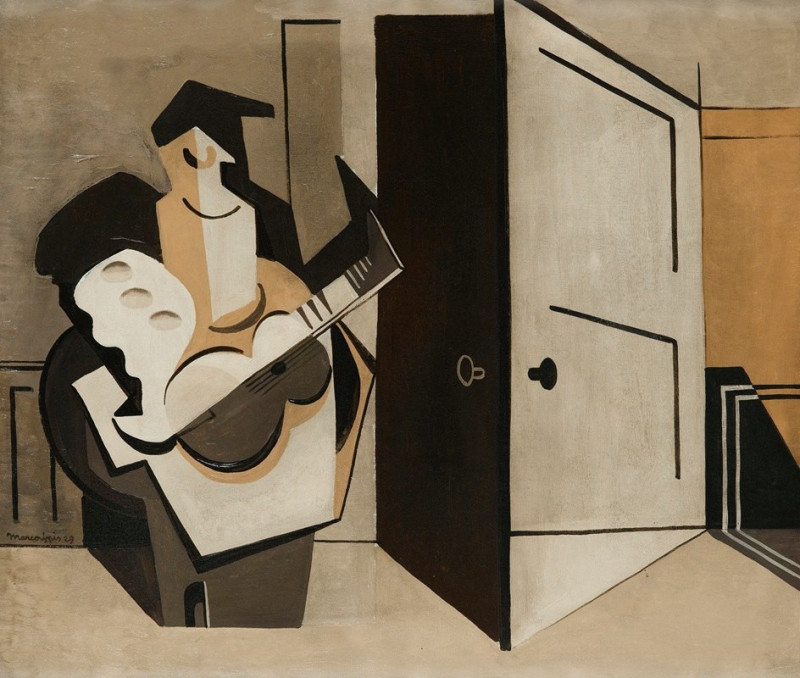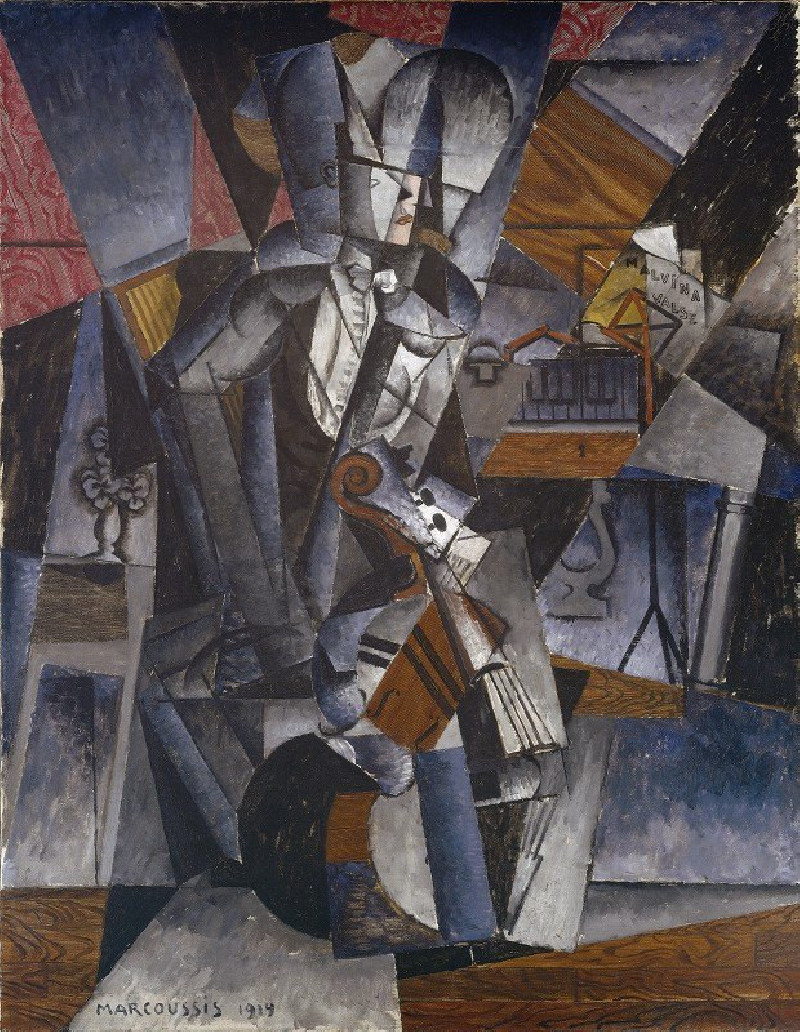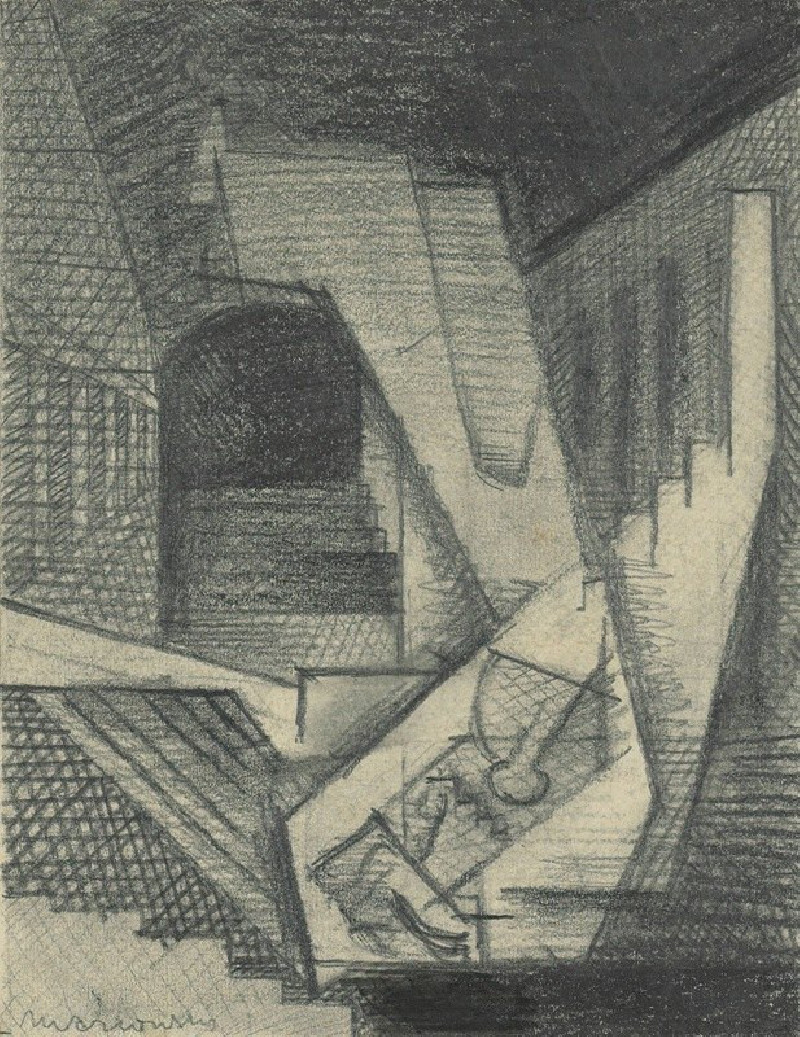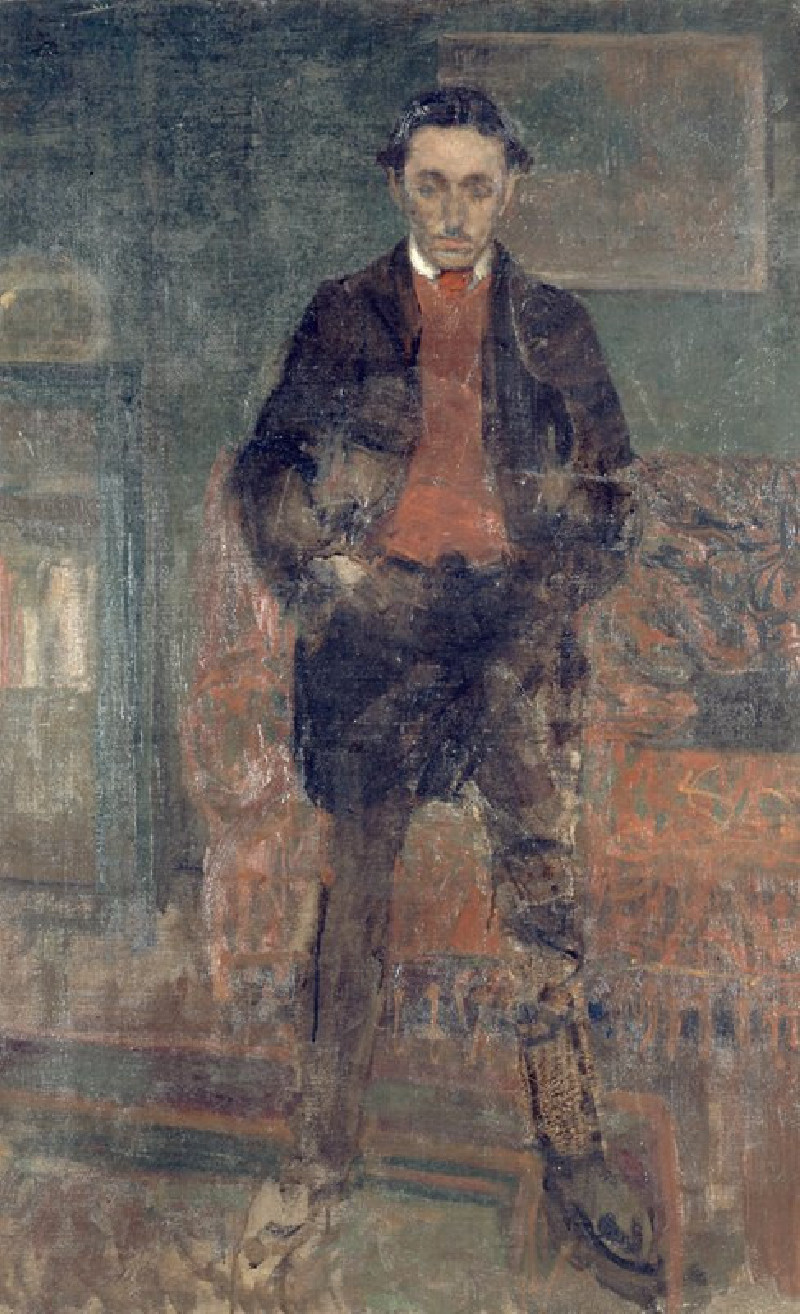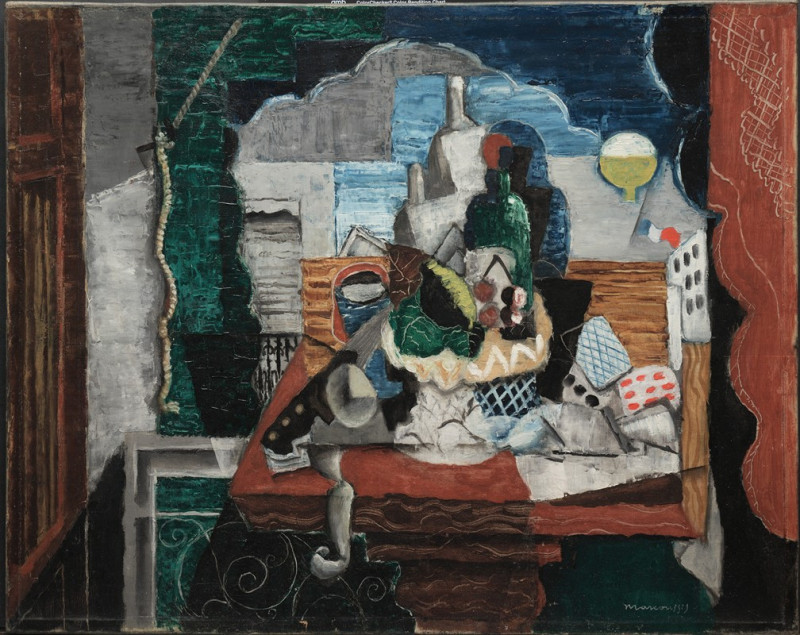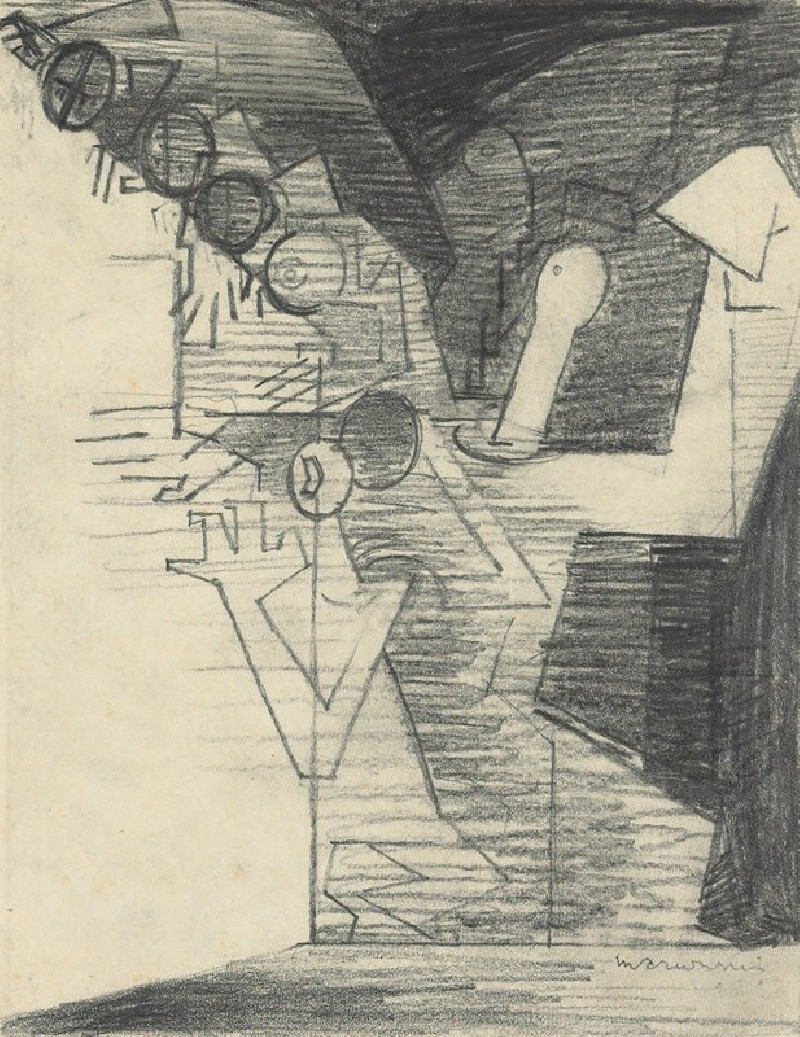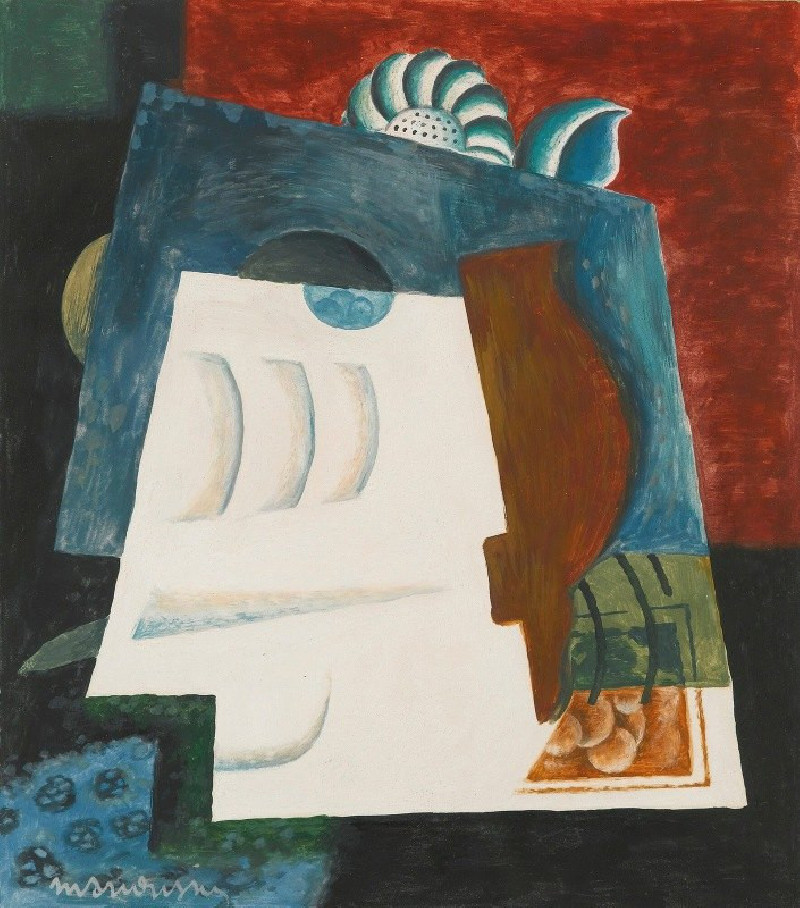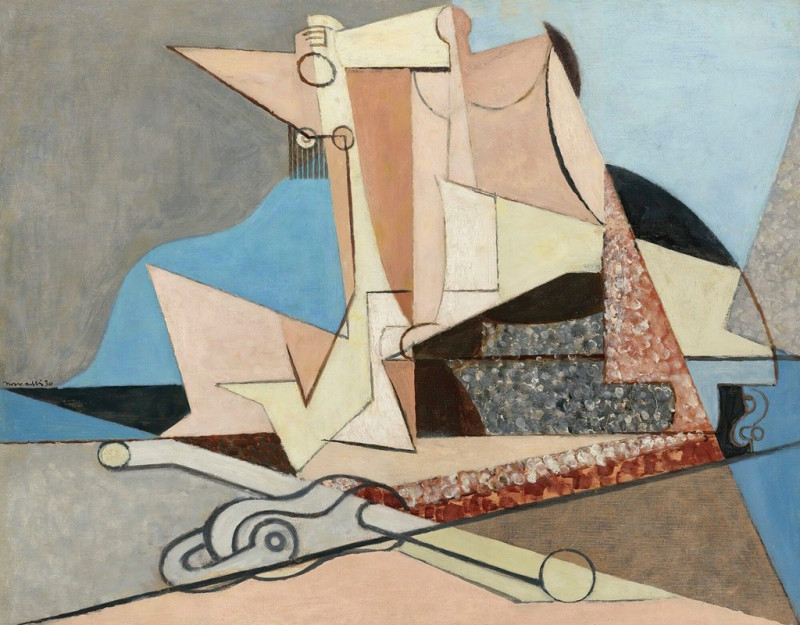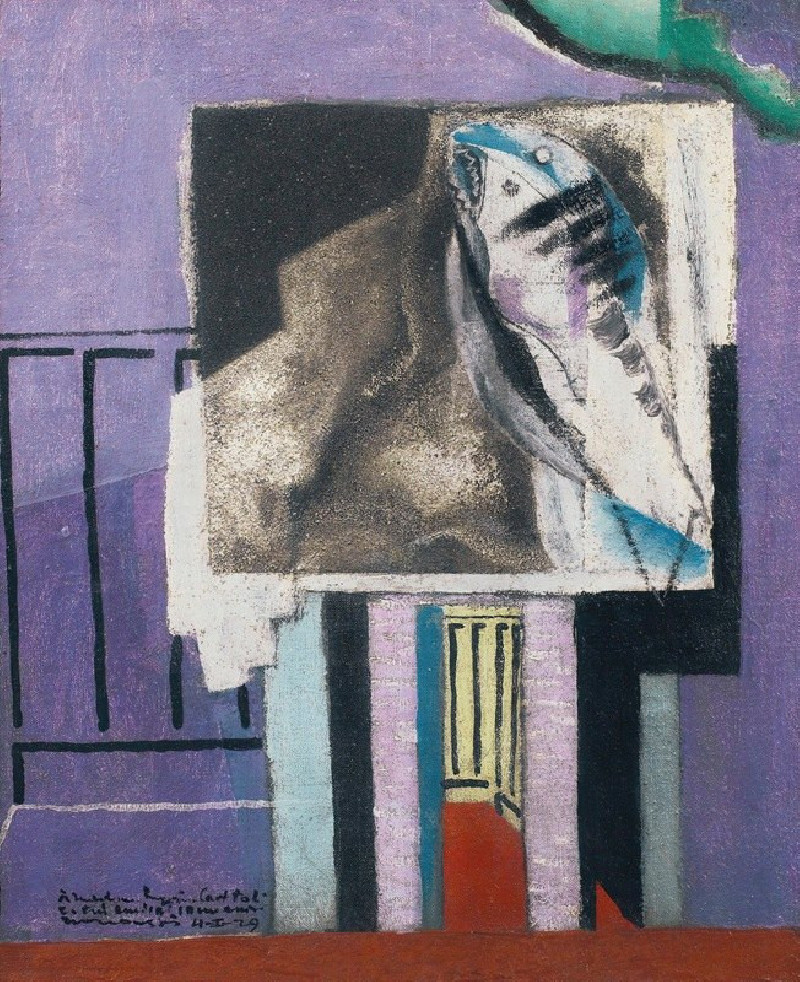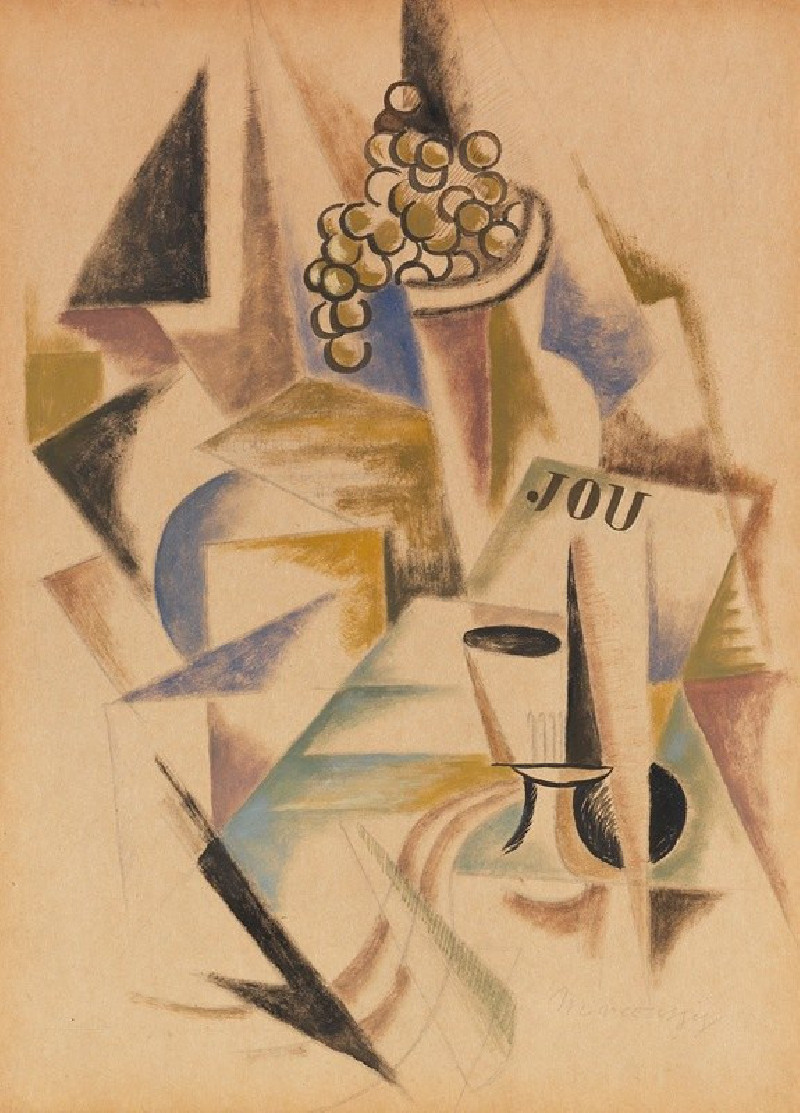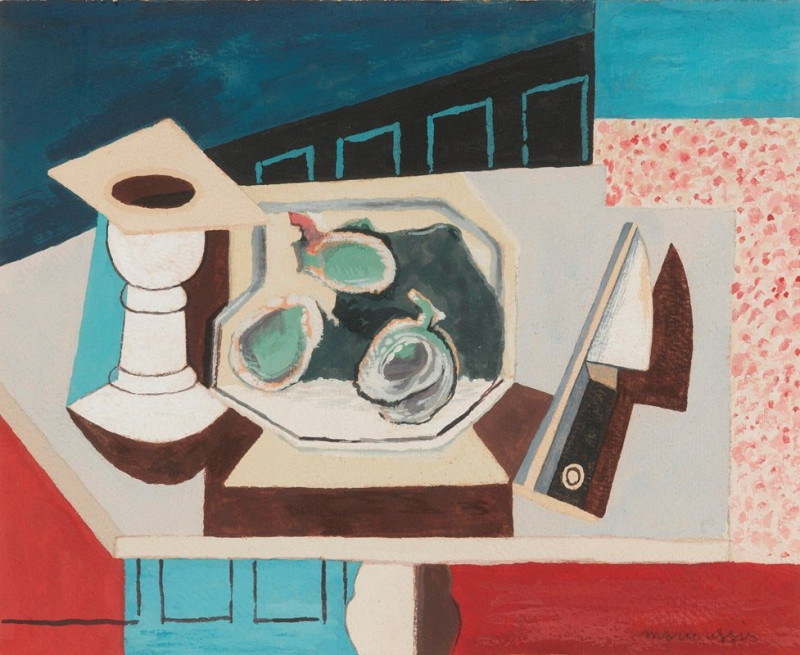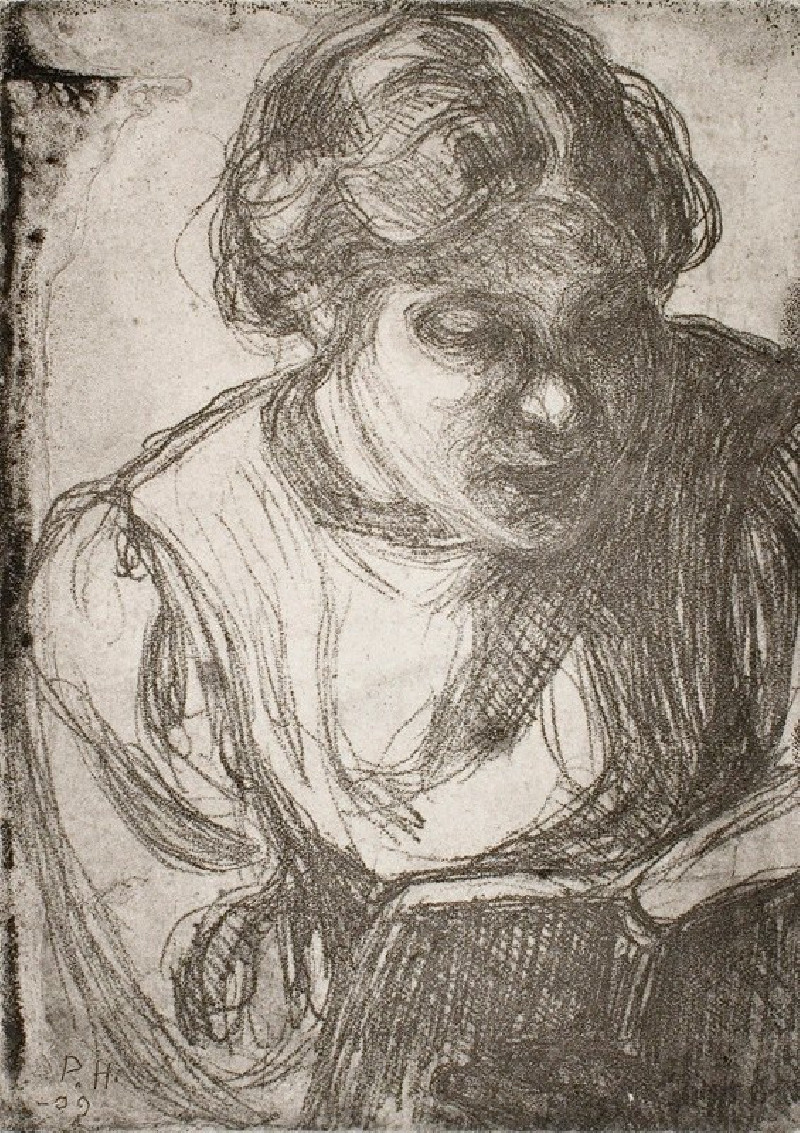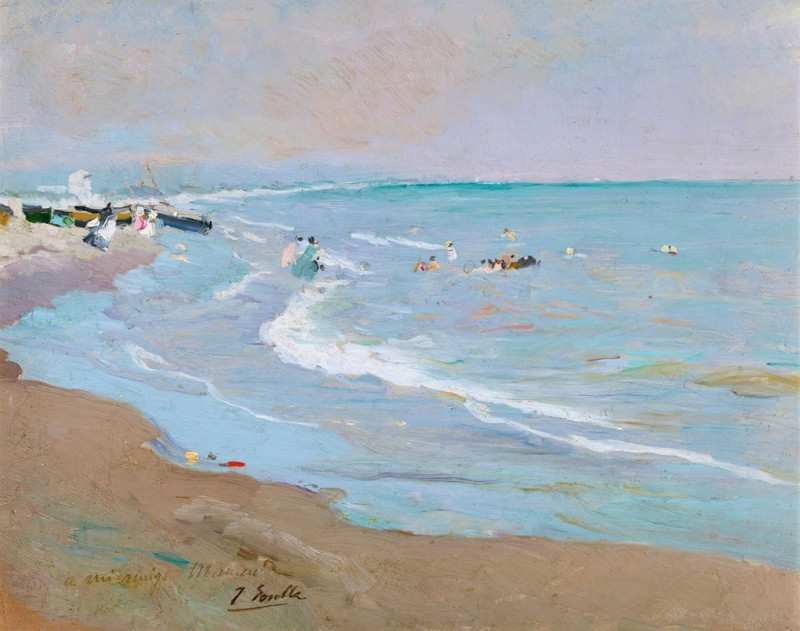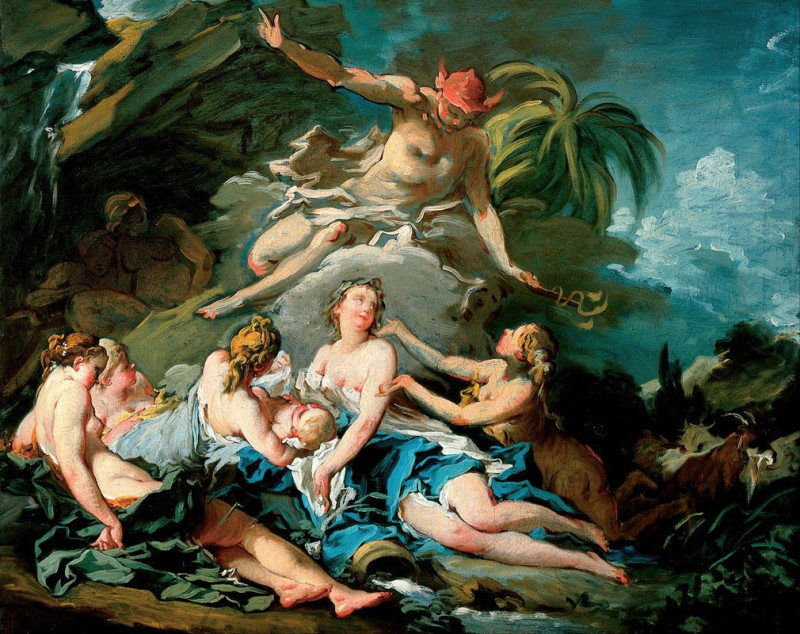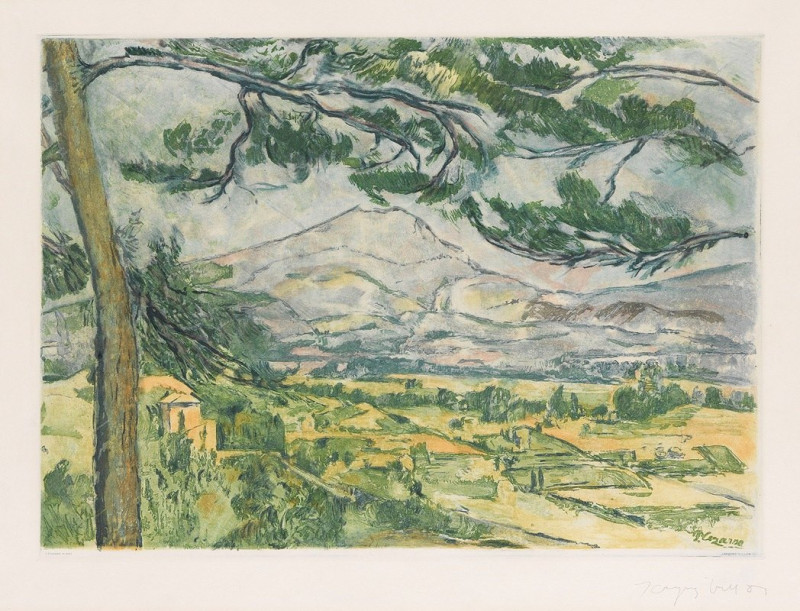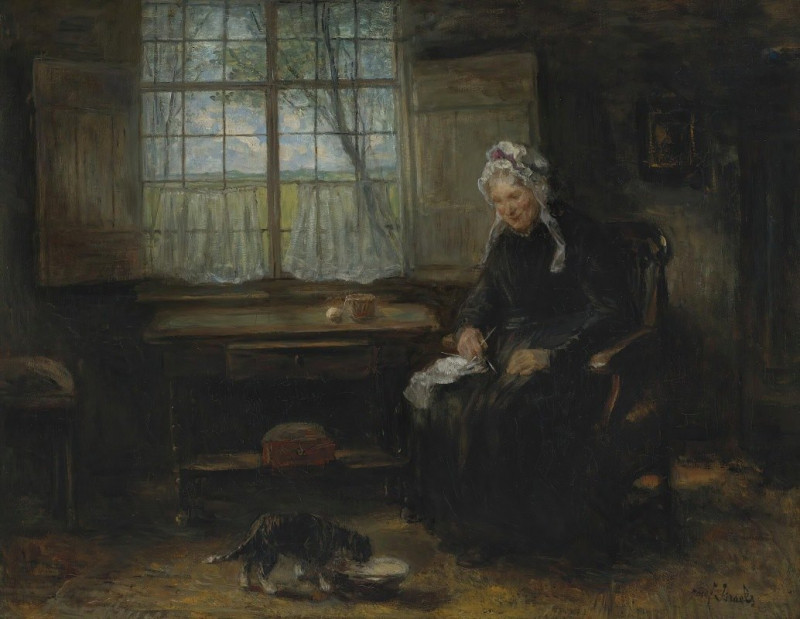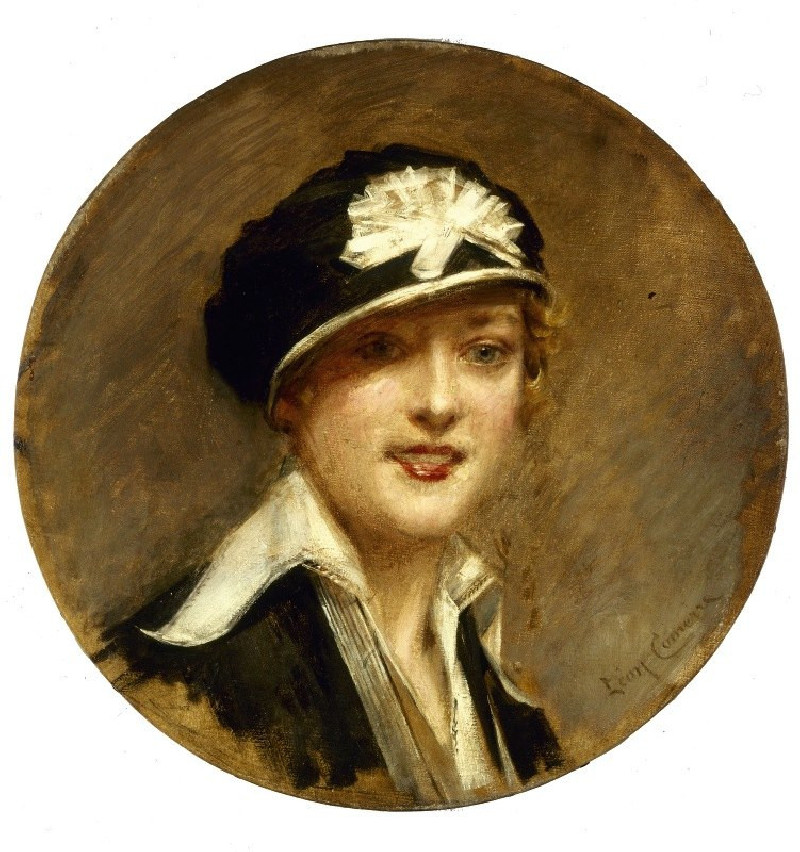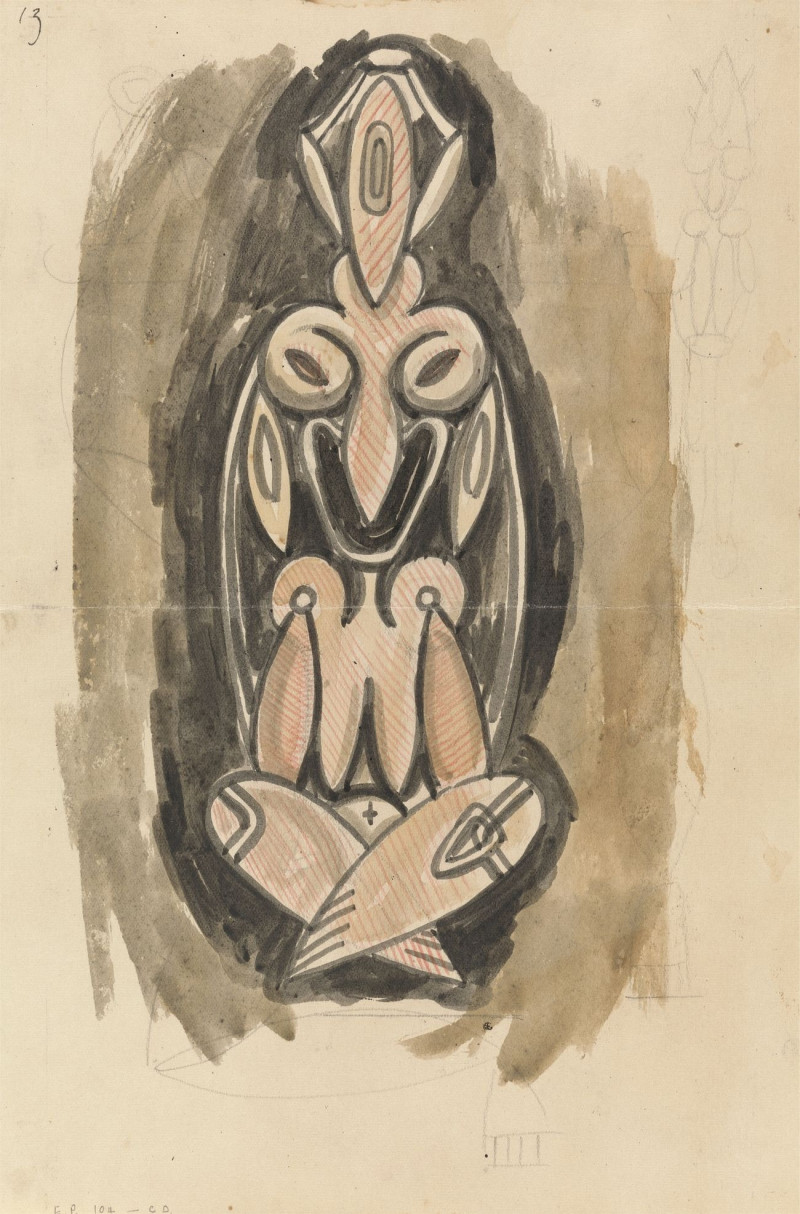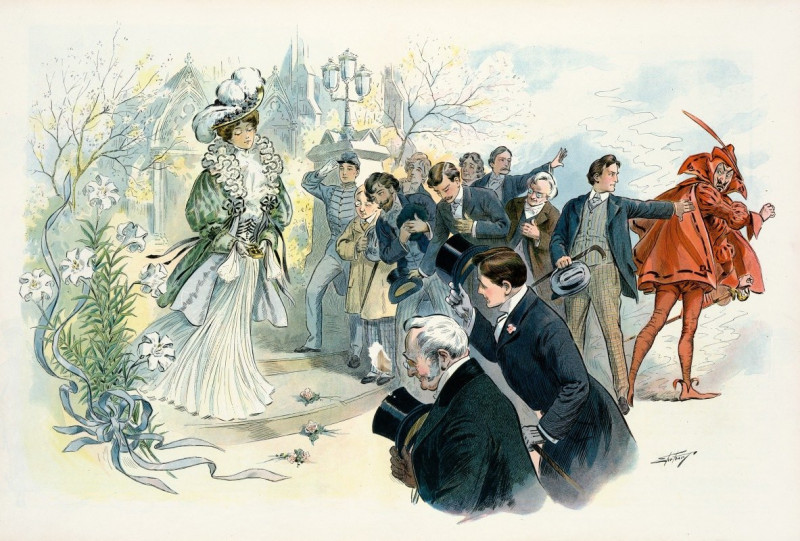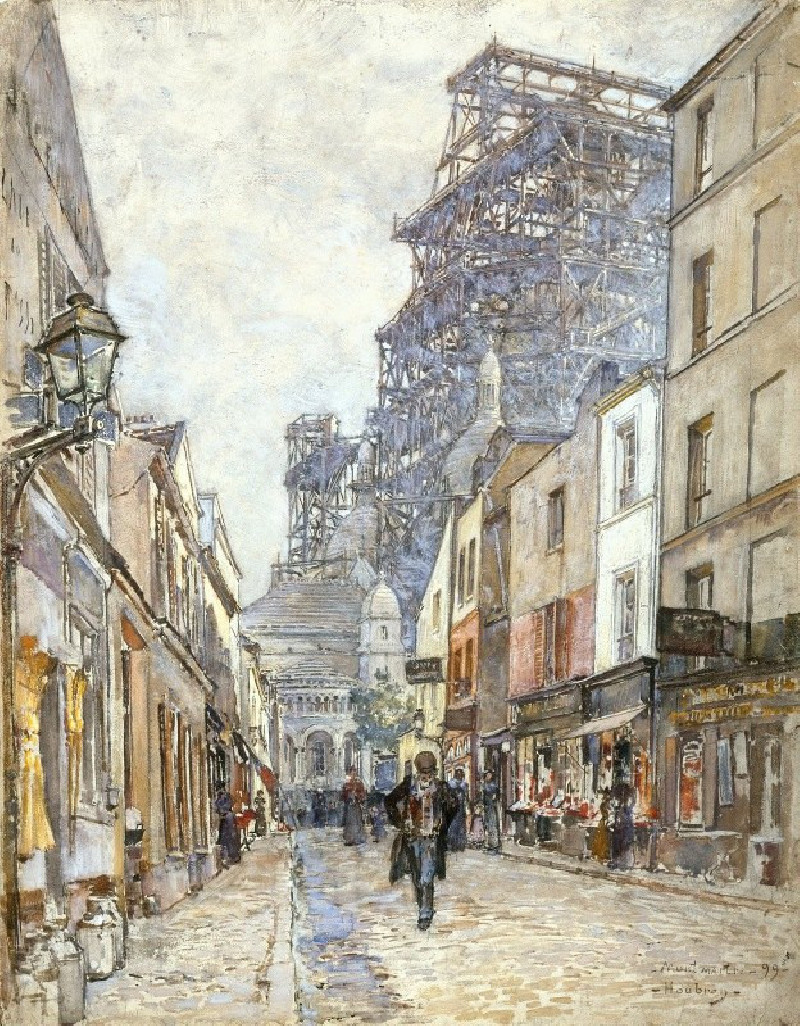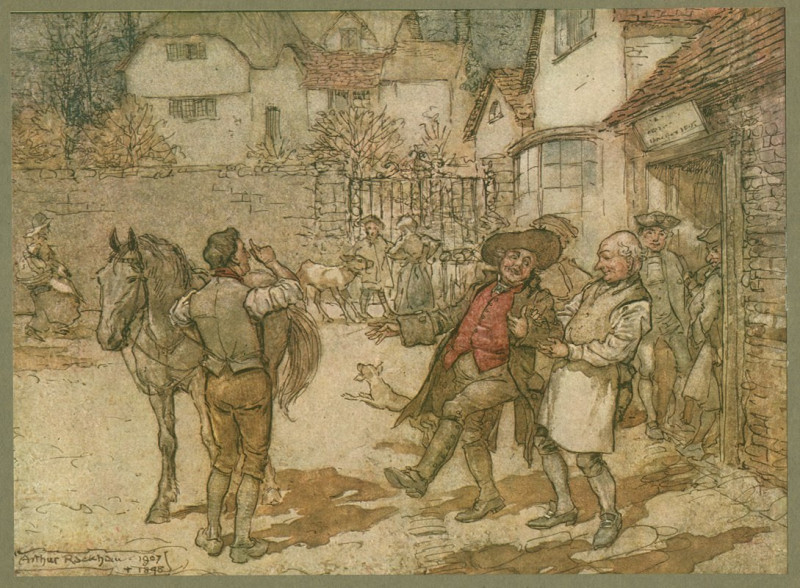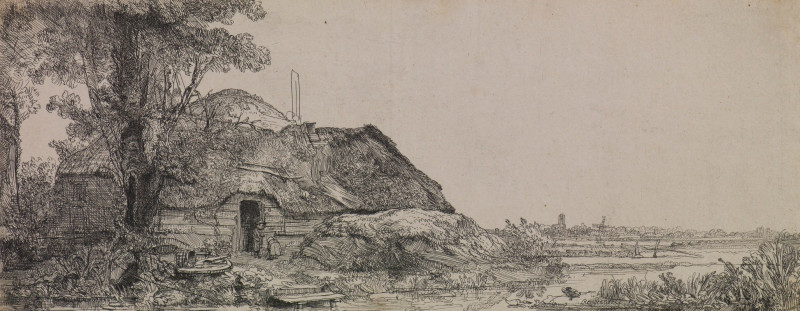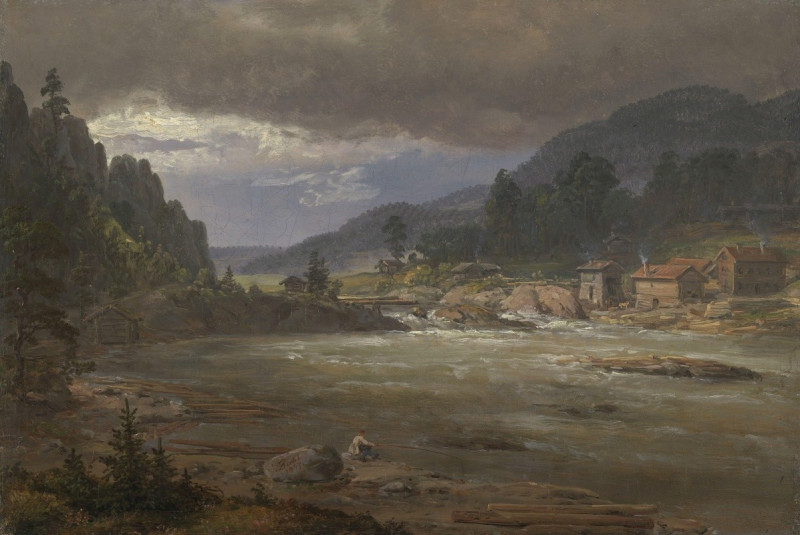City with viaduct (1930)
Technique: Giclée quality print
Recommended by our customers
More about this artwork
Louis Marcoussis, a painter known for his Cubist works, offers us a rather intriguing perspective on urban architecture and landscape interactions in his painting "City with Viaduct." This piece captures an imagined urban space where the tranquility of residential life meets the marvel of industrial progress.The painting is composed of a blend of geometric and slightly abstract forms. On the left side, we see houses rendered in calming tones of green and blue, evoking a sense of peaceful domestic life. Notably, the word "Laiterie," meaning dairy, is painted on one of the buildings, perhaps hinting at the mundane yet essential aspects of daily life in the city.Connection and division are themes eloquently symbolized by the presence of a grand viaduct in the background—its arches stretching across the landscape, bridging distant places while its dark underbelly contrasts sharply with the light-hearted colors of the homes. The viaduct also introduces a technologically advanced structure within a seemingly old-world setting, perhaps commenting on the progress and invasion of industrialization into traditional spaces.Marcoussis’s work is compositionally centered and rich with texture, as seen in the detailed portrayal of the textured walls, the lush tree foliage, and the intricate shadows cast upon the road and buildings. The juxtaposition of the rigid, stony viaduct and the more whimsical, soft architecture of the homes invites viewers to ponder the coexistence of nature, humanity, and technology.Overall, "City with Viaduct" is a captivating exploration of space, structure, and society, revealing the complex layers of urban life through a unique cubist lens.
Delivery
Returns
Louis Marcoussis, formerly Ludwik Kazimierz Wladyslaw Markus or Ludwig Casimir Ladislas Markus, was a painter and engraver of Polish origin who lived in Paris for much of his life and became a French citizen.
After studying law briefly in Warsaw he went to the Kraków Academy of Fine Arts, where his teachers included Jan Stanislawski and Jozev Mehoffer.

